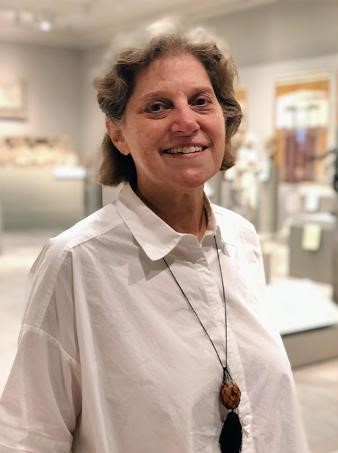Affiliation: Museum of Fine Arts, Boston

Dr. Christine Kondoleon is the George Behrakis Chair of the Art of Ancient Greece and Rome at the Museum of Fine Arts, Boston. She is currently directing the roll out of 5 new galleries as part of a master plan (7 already completed) for reinterpretation of the Greek and Roman collections at the MFA—slated to open in Fall 2021. She is also the curator of the upcoming “Cy Twombly: Making Past Present” (Getty Center and MFA Boston, Aug 2022-Winter 2023) and the editor of the accompanying exhibition. In addition to publications of this world-renowned collection, she has also organized the exhibition Games for the Gods in 2004, and her Aphrodite and the Gods of Love, the first exhibition on the goddess of love in 2011. She was formerly the Curator of Ancient Art at the Worcester Art Museum where she organized the 2000-2001 exhibition Antioch: The Lost Ancient City. She has worked with contemporary artists from Greece to promote the Greek Art today exhibition at the SMFA and with Chuck Close for a show at the Worcester Art Museum. She was Associate Professor of Art at Williams College (1982-1995) where she also served as Chair of the Department and Acting Director of Clark Art Institute Graduate Program. She was an invited Resident at the American Academy in Rome in 2007 and has been a Visiting Professor at Harvard University and Tufts University. She received her PhD from Harvard University in 1985. Her special field is later Roman and Early Byzantine Art and mosaics.
The lecture reveals the fascinating history of the largest Classical sculpture (13 feet tall and weighing 13, 000 pounds) in the USA—the Museum of Fine Arts “Juno” (2011.75). Discovered in the garden of an estate in Brookline where she stood hidden in plain sight for over one hundred years. Acquired by a Boston Brahmin, Juno’s origins reflect the break-up of the great papal and aristocratic collections in late 19th century Rome—she can be traced to the 17th century inventory of the Ludovisi Collection. Her size, her style, the techniques, and the source of her marble all indicate an imperial commission dating back to Augustus.